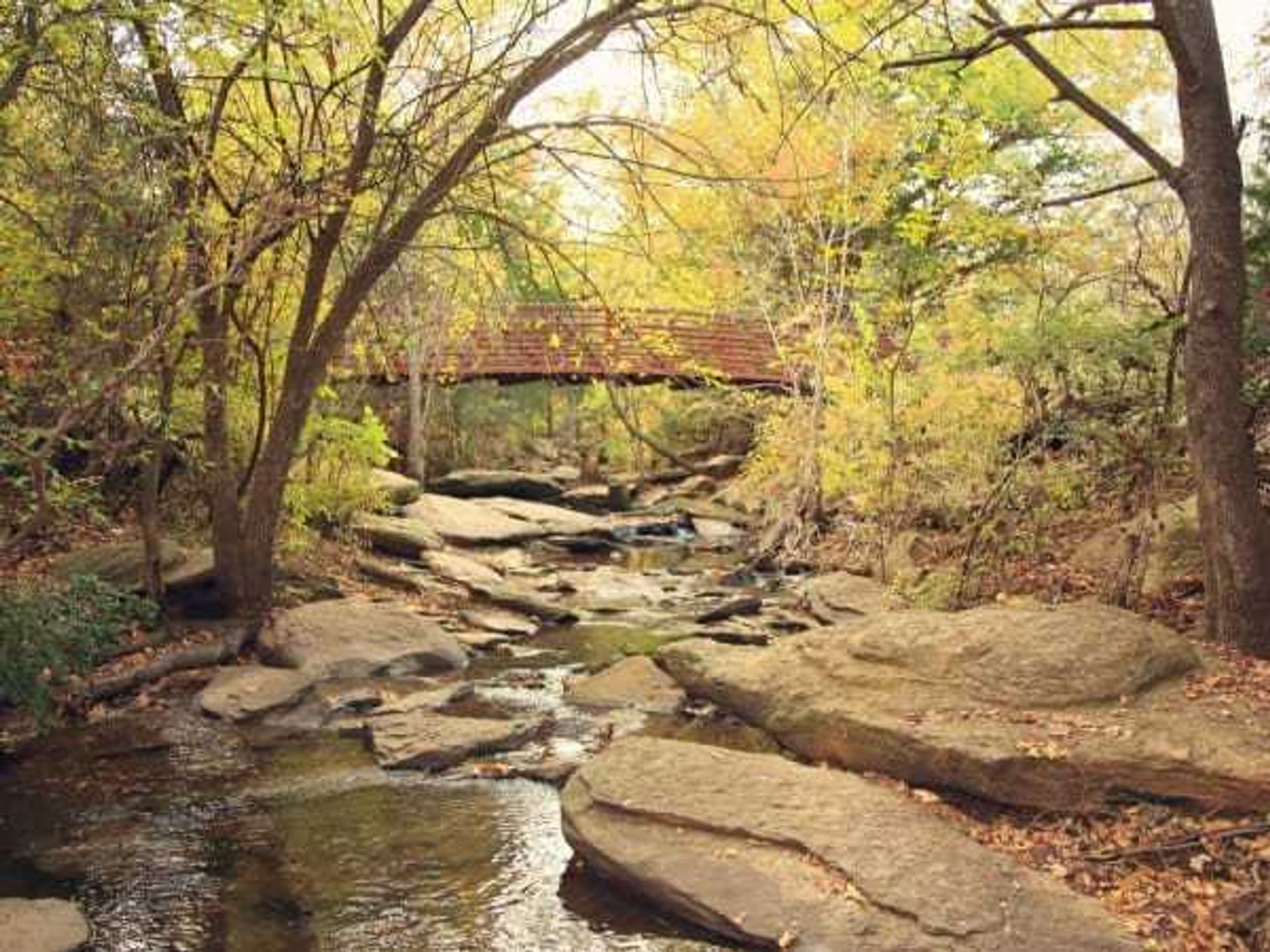Editor's note: What was Dallas reading this year? Let's take a look. We've already covered the hottest headlines in dining, arts & entertainment, real estate, society, and city life, as well as the year's best and worst movies. Now we turn our attention to the most-read stories of all.
This year, news about suburbs dominated our list; readers clamored to know which local cities were both the wealthiest and most affordable, the most "livable," and the best for working from home. They were also eager to keep up with local billionaires. And, of course, everyone wanted to know which restaurants had the most coveted reservations in town.
Here, we present the most-read stories of 2025 in Dallas:
1. Dallas-Fort Worth suburb blooms as No. 1 best place to live in U.S. One Dallas-area city took the top slot on a list of "the 100 Best Places to Live in 2025." The list — from relocation marketing platform Livability.com — put Flower Mound at No. 1 for its appealing size and affordability.
2. Blooming Dallas suburb ranks as America's 7th most livable small city. Similarly, Flower Mound also claimed the No. 7 spot in a ranking of America's most livable small cities for 2025.
3. North Dallas neighbor ranks as No. 1 most affordable city in U.S. A Dallas suburb landed on top of a list of the most affordable places to live: McKinney ranked No. 1 based on its relative cost of living and high median household income.
4. The 2 Dallas restaurants where reservations are now impossible to get. Cafe Dior by Dominque Crenn is the restaurant inside the new Dior boutique in Highland Park Village, which opened at the start of the year. Zodiac Room is the about-to-close restaurant inside the storied downtown location of Neiman Marcus, which has had several imminent closure scares but now states it will remain open past the 2025 holidays.
 Cafe Dior was a hard-to-get reservation when it opened in Dallas. SevenRooms
Cafe Dior was a hard-to-get reservation when it opened in Dallas. SevenRooms
5. 27 Dallas billionaires land on new Forbes list of world's richest people. More billionaires have made it onto the 2025 World's Billionaires List than ever before, according to Forbes. This year, 27 Dallas billionaires are among the richest people in the world, including Elaine Marshall, Lyndal Stephens Greth, and Jerry Jones.
6. 5 Dallas high schools rank among America's best in 2025, per U.S. News. Five prestigious Dallas-area high schools are living up to their reputations for top-tier education after being ranked among the best high schools in the country, according to U.S. News and World Report's annual rankings.
 The School for the Talented and Gifted in Dallas ISD is the 9th best high school in the country, and the top high school in Texas. tagmagnet.dallasisd.org/
The School for the Talented and Gifted in Dallas ISD is the 9th best high school in the country, and the top high school in Texas. tagmagnet.dallasisd.org/
7. Techy Dallas suburb is No. 1 hot spot for remote workers in U.S. A SmartAsset survey of cities with the biggest remote workforces has revealed Frisco is the No. 1 city with the highest share of remote workers in the nation. The study found over 40,000 Frisco residents work from home, which is more than a third of all of the city's workers aged 16 and older (117,193 total workers).
8. 3 affluent Dallas neighbors dominate new list of wealthiest U.S. suburbs. Three well-to-do Dallas-area communities — University Park, Southlake, and Colleyville — are among the wealthiest suburbs in America in 2025, a report confirmed. The three affluent Dallas neighbors were lauded in GoBankingRates ranking of the 50 wealthiest U.S. suburbs, based on 2022 and 2023 average household income data sourced from the U.S. Census Bureau.
9. Dallas Caramel Company founder Rain McDermott dies at 52. Dallas entrepreneur Rain McDermott, who founded artisan caramel maker Dallas Caramel Company when she was only 34 years old, died in June after a battle with breast cancer; she was 52.
 Dallas Caramel Company founder Rain McDermott Courtesy
Dallas Caramel Company founder Rain McDermott Courtesy
10. Award-winning Dallas burger joint opens location in Forney. Blues Burgers is from Howard and Catherine Baldwin, who opened the original Blues Burgers near Love Field in Dallas in 2014 (it closed in February 2025 so they could focus on this venture). They use Angus beef for their burgers, and make their own sauces and spreads in-house. They fry in beef tallow, and their sodas are made with cane sugar, not high-fructose corn syrup. They also do fried pies, made in house.


 Cafe Dior was a hard-to-get reservation when it opened in Dallas. SevenRooms
Cafe Dior was a hard-to-get reservation when it opened in Dallas. SevenRooms  The School for the Talented and Gifted in Dallas ISD is the 9th best high school in the country, and the top high school in Texas. tagmagnet.dallasisd.org/
The School for the Talented and Gifted in Dallas ISD is the 9th best high school in the country, and the top high school in Texas. tagmagnet.dallasisd.org/  Dallas Caramel Company founder Rain McDermott Courtesy
Dallas Caramel Company founder Rain McDermott Courtesy